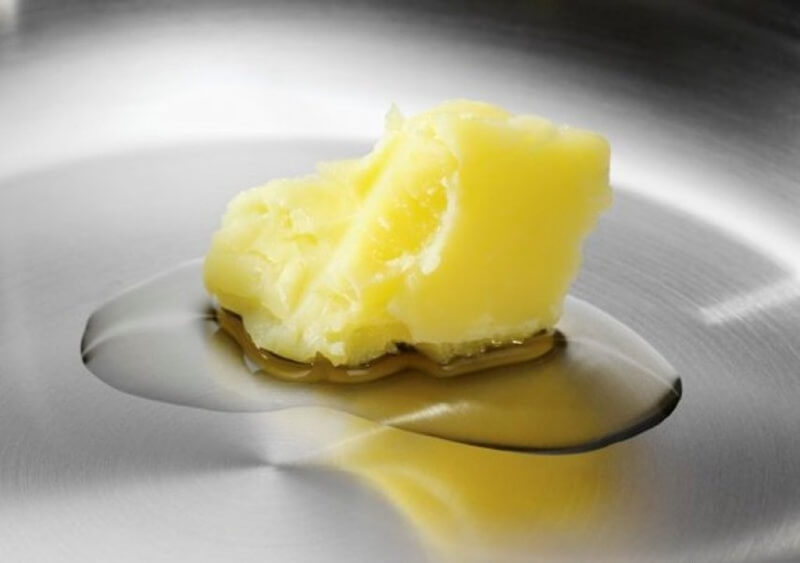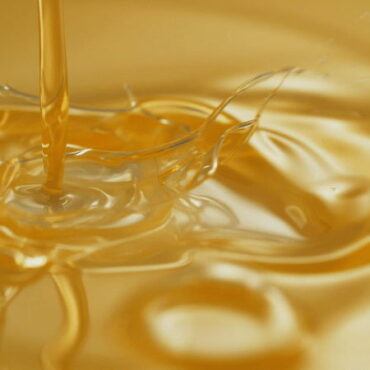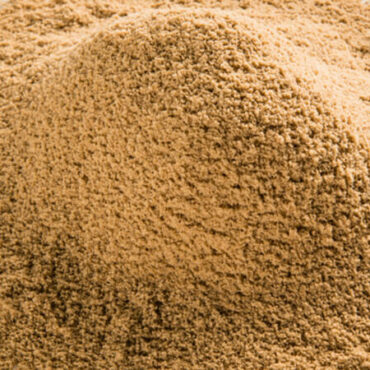How do you achieve the optimal conditions for vegetable and animal fats? That is the question that most manufacturers and other specialists dealing with these products have to figure out. Today we’ll be taking a look at whether freezing oils and fats adds value to storage and transportation.
But before that, we’ll also look at some numbers. You can say that oil does, in fact, freeze, but it has no specific freezing point, like water. For the purposes of this article, we’ll be comparing the freezing point of vegetable oil and the freezing point of animal fats in terms of their solidification temperatures.
Freezing Point of Vegetable Oil
The molecular structure of vegetable oils makes it hard for the oil to form a regular crystal that is associated with, for example, ordinary water freeze. The molecules are arranged in a certain way when cold, just not in the form of crystals. There are exceptions, of course. When the oil is cooled down to a certain temperature, it becomes more viscous and eventually solidifies.
You can see the freezing point of vegetable oils in Celsius in the table below.
| Oil or fat | Freezing / melting point | Optimal Transportation Temperature | Optimal Storage Temperature | ||
|---|---|---|---|---|---|
| Min °C | Max °C | Min °C | Max °C | ||
| Castor oil | -3 | 20 | 25 | 30 | 35 |
| Coconut oil | 25 | 27 | 32 | 40 | 45 |
| Cottonseed oil | 48 | Ambient | Ambient | 20 | 25 |
| Linseed oil | -24 | Ambient | Ambient | 15 | 20 |
| Maize (corn) oil | -11 | Ambient | Ambient | 15 | 20 |
| Olive oil | -6 | Ambient | Ambient | 15 | 20 |
| Palm oil | 35 | 32 | 40 | 50 | 55 |
| Canola (rapeseed) oil | -10 | Ambient | Ambient | 15 | 20 |
| Safflower oil | -17 | Ambient | Ambient | 15 | 20 |
| Sesame oil | -6 | Ambient | Ambient | 15 | 20 |
| Sheanut butter | 34-38 | 38 | 41 | 50 | 55 |
| Soybean oil | -16 | Ambient | Ambient | 20 | 25 |
| Sunflower oil | -17 | Ambient | Ambient | 15 | 20 |
As you can see, the range is quite wide, with the canola oil freezing point being -10°C and the freezing point of soybean oil being -16°C. At the same time, cottonseed, palm, and shea oils are way up in the 30-40°C range.
Freezing Point of Animal Fats
The lipids from animals are more saturated than those from plants. This has an effect on the melting point. Other than saturation, another factor is the size of a molecule.
Fish oil can be considered an exception due to a process called ‘molecular distillation’.
| Oil or fat | Freezing / melting point | Optimal Transportation Temperature | Optimal Storage Temperature | ||
|---|---|---|---|---|---|
| Min °C | Max °C | Min °C | Max °C | ||
| Fish oil | -44 | 20 | 25 | 25 | 30 |
| Pork fat (lard) | 41 | 40 | 45 | 50 | 55 |
| Beef or mutton fat (tallow) | 32-38 | 45 | 55 | 55 | 65 |
| Chicken fat | 35-37 | 40 | 45 | 50 | 55 |
It’s important to mention that most academic resources equate the conditions for frozen chicken fat with that for frozen lard.
Should Vegetable and Animal Fats Be Stored Frozen?
The reason why we need to know this type of information is that oil freezing can be both damaging and costly in any kind of process engineering application. As for the cooking oil freezing point, the stakes are much lower.
As for storage, there is no added benefit in storing fats and oils frozen. If the product has a very low melting point (below 0°C), a freezer might be useful for handling. Other than that, the basic rules for storing fats are cool or cold and dark conditions, sealed containers, never in places warmer than recommended for each type.




